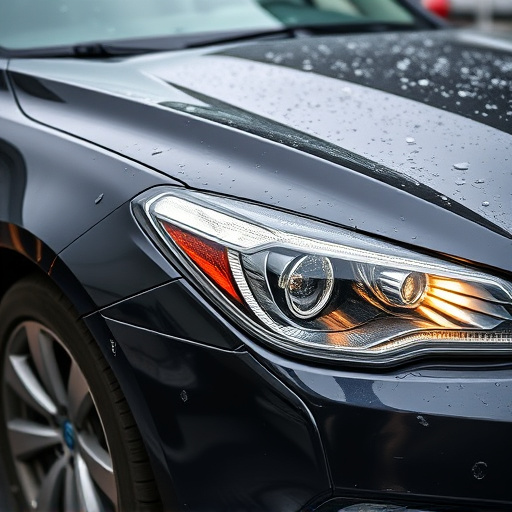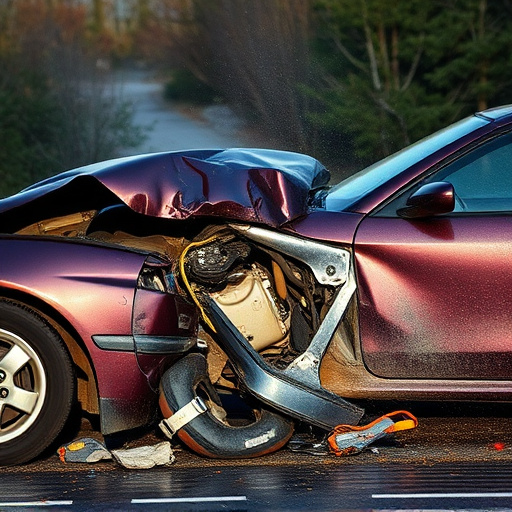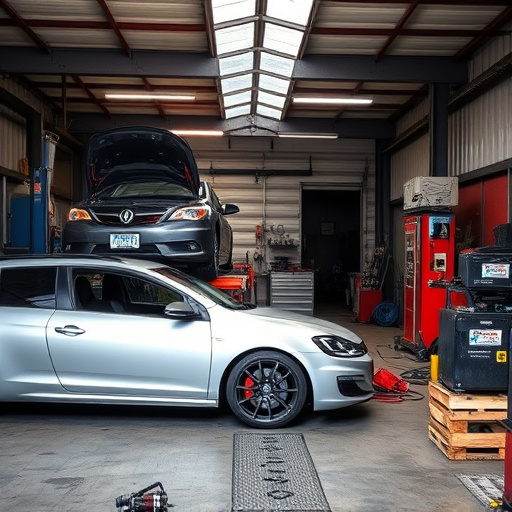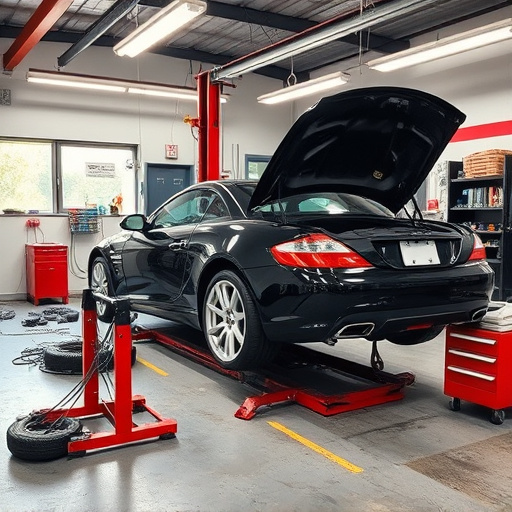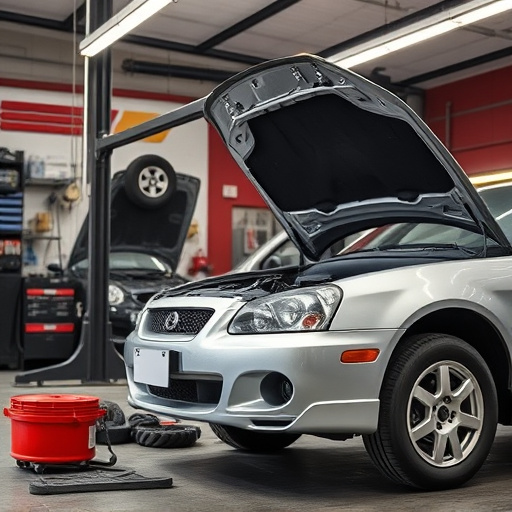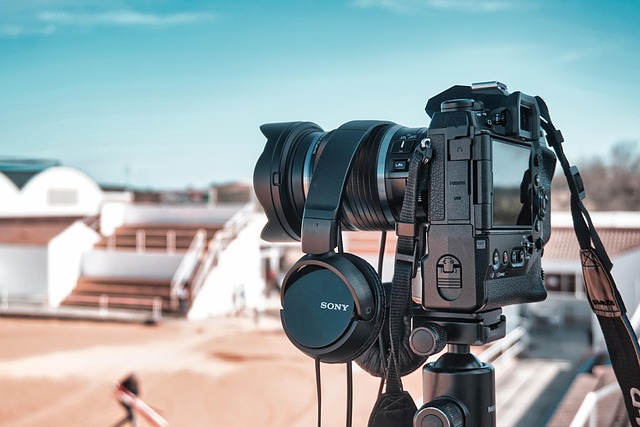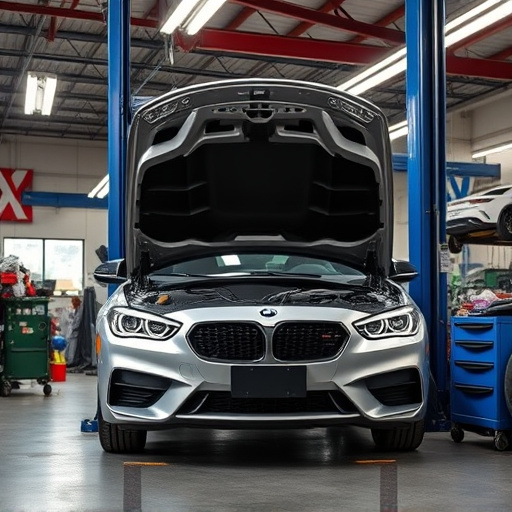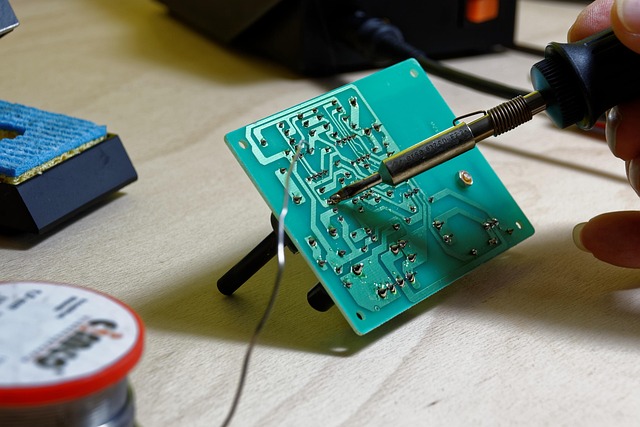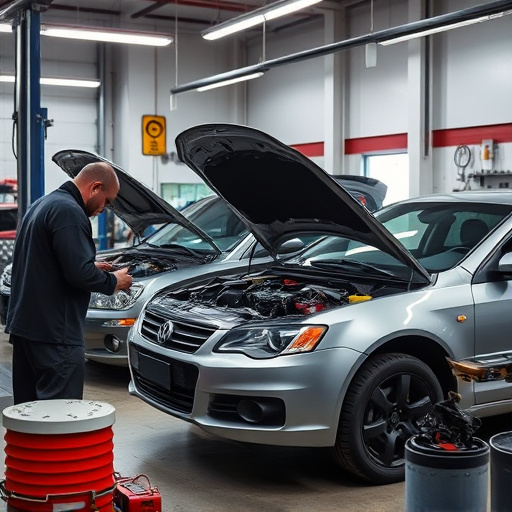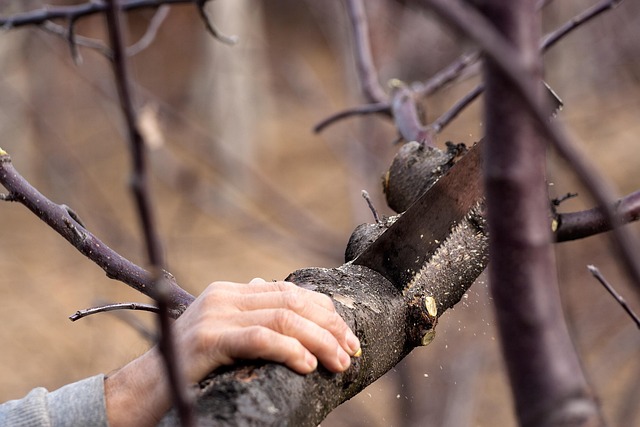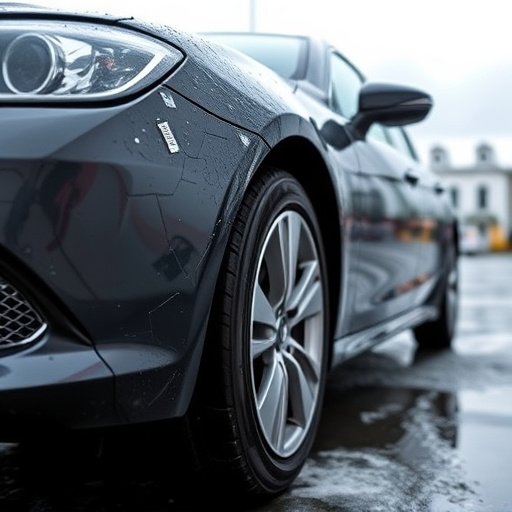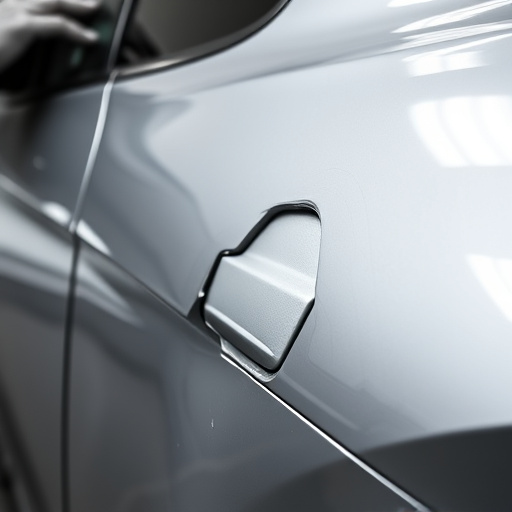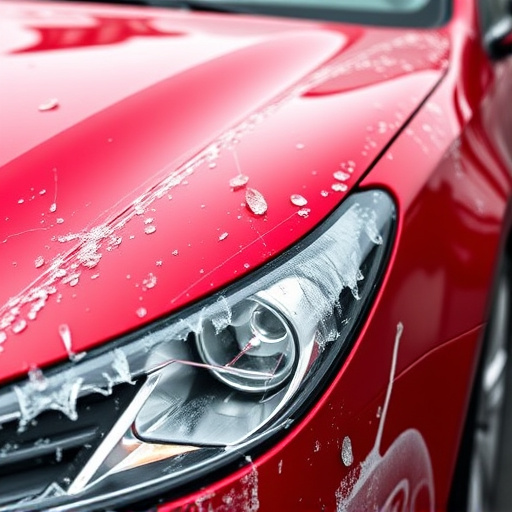Auto body fasteners like bolts, screws, and rivets are vital for vehicle repair, offering diverse solutions based on material type and assembly needs. Nuts secure connections by tightening, while screws use helical threads for versatile pulling/pushing force. Rivets permanently bond parts, and other fasteners provide easy removal for specific tasks, ensuring structural integrity in repairs and restorations.
Auto body fasteners are essential components that hold your vehicle together. From everyday nuts and bolts to advanced connectors like rivets, understanding these fastening methods is key for any car owner or mechanic. This guide breaks down the common types of auto body fasteners, offering a simple explanation of each type, including traditional nuts, bolts, and screws, as well as more sophisticated advanced connectors. By the end, you’ll be equipped with knowledge to navigate your vehicle’s fastening system.
- Understanding Basic Auto Body Fasteners
- Types: Nuts, Bolts, and Screws Explained
- Advanced Connectors: Rivets & More
Understanding Basic Auto Body Fasteners
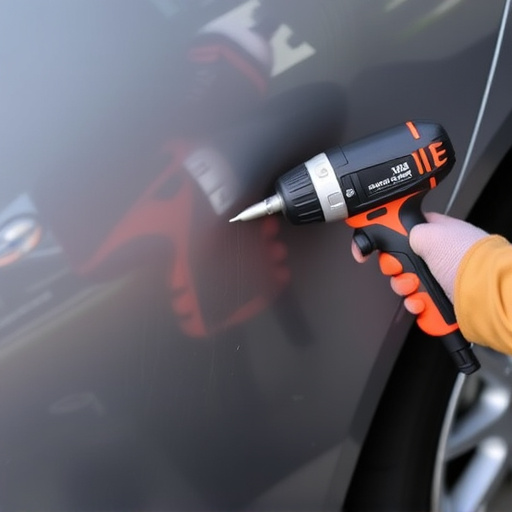
Auto body fasteners play a crucial role in vehicle repair, ensuring structural integrity and a seamless finish during the collision repair process. These fasteners come in various types, each serving a unique purpose in assembling and securing auto parts. Understanding the basics is essential for both professionals at auto collision centers and individuals seeking to learn about vehicle repair.
The most common auto body fasteners include bolts, screws, rivets, and nails. Bolts and screws are versatile and often used for fastening metal panels, ensuring a secure fit. Rivets, on the other hand, create permanent bonds by being pounded or shot into place, making them ideal for reinforcing joints. Nails are suitable for lighter-weight materials and can be easily removed during the collision repair process. Each type has its advantages, catering to different material types and assembly requirements in various vehicle repair scenarios.
Types: Nuts, Bolts, and Screws Explained
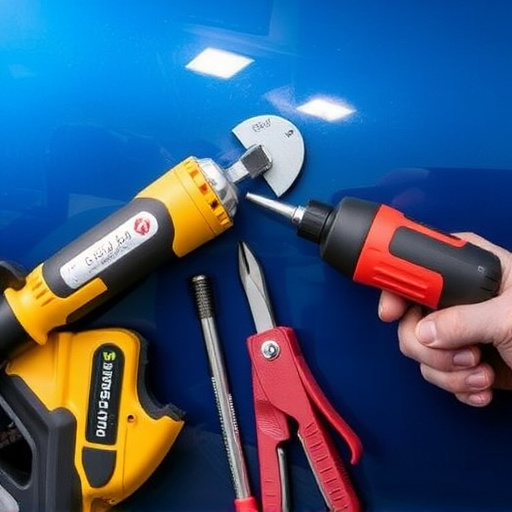
When it comes to auto body fasteners, nuts, bolts, and screws are some of the most common types used in vehicle repair and collision damage repair processes. These simple yet essential components play a crucial role in keeping various parts of a vehicle together, ensuring its structural integrity.
In classic car restoration projects, understanding these fastener types is vital. Nuts, often used in conjunction with bolts, provide a secure hold by tightening against another nut or a washery. Bolts, on the other hand, create a connection point and are usually threaded through holes in components to be joined. Screws, similar to bolts but with a helical thread, offer both pulling and pushing forces for fastening, making them versatile for various applications in auto body work.
Advanced Connectors: Rivets & More
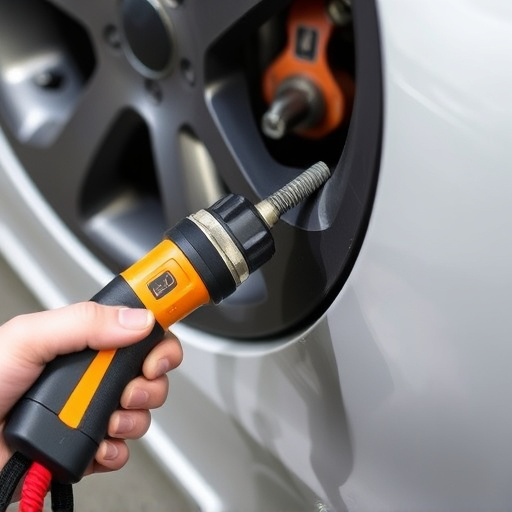
In the realm of auto body fasteners, advanced connectors like rivets stand out for their strength and durability. These metal fasteners are permanently affixed to join two or more pieces of car bodywork together, making them ideal for structural repairs. Rivets create a seamless bond, enhancing the overall integrity of the vehicle’s exterior. Their application often involves specialized tools and techniques, ensuring precise installation.
Beyond rivets, modern auto body fastening systems incorporate various mechanisms such as bolts, screws, and clips. These components are crucial for specific tasks like securing panels, attaching trim pieces, or reinforcing damaged areas. Unlike rivets that offer permanent solutions, these fasteners allow for easier removal and replacement, making them versatile options in tire services, car bodywork services, or addressing minor dents and dings.
Auto body fasteners are essential components that hold your vehicle together. From basic nuts, bolts, and screws to advanced connectors like rivets, each type serves a unique purpose in ensuring structural integrity and longevity of your car’s body. By understanding these different fasteners, you can make informed decisions when it comes to repairs or customization, ultimately enhancing the safety and aesthetic appeal of your vehicle.
